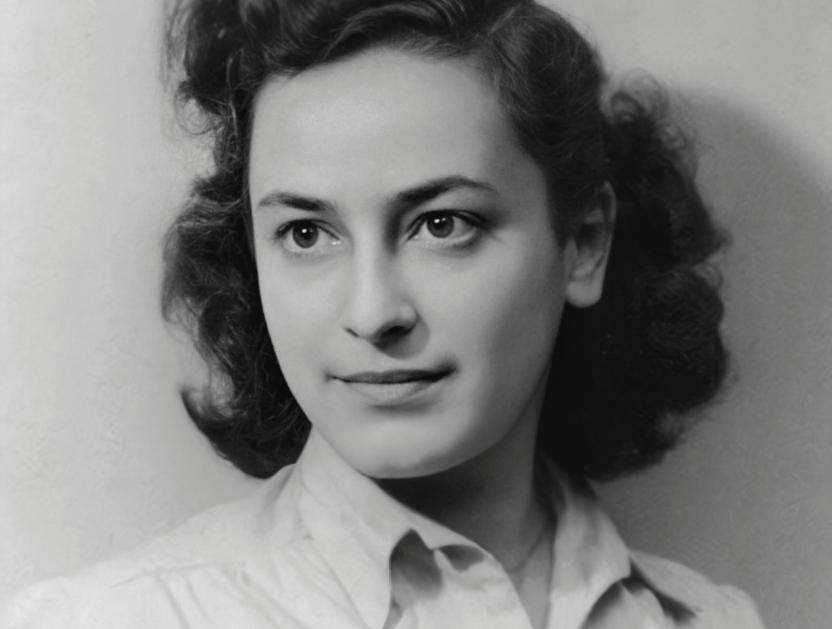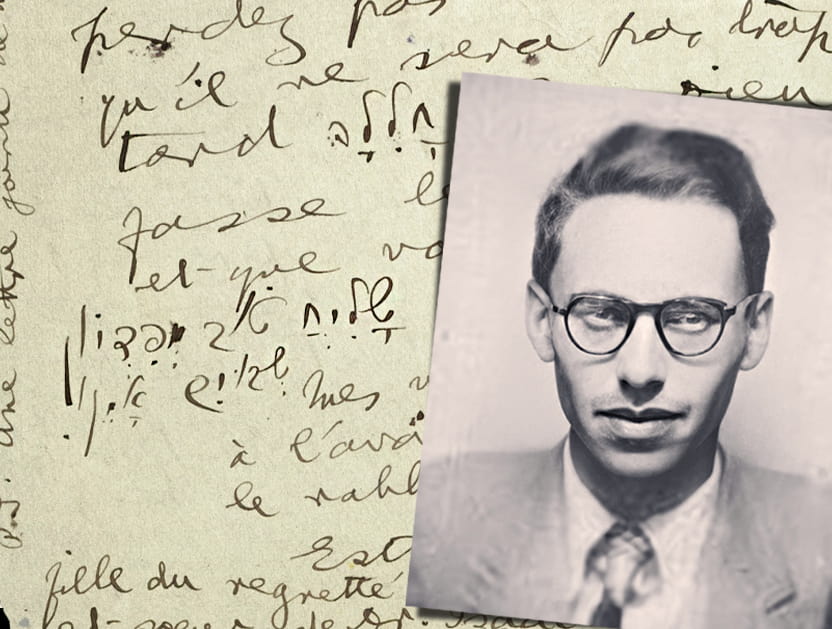In the 16th century, Istanbul became one of the world's most important Jewish centers. However, as the Ottoman Empire declined politically, culturally and economically, so did the Jewish community. In the course of the 19th century the Jewish population numbered at around 50,000–55,000. In 1835 R. Abraham ha-Levi was nominated as the first Chakham Bashi. In the middle of the 19th century, a modern school was founded by Abraham de Camondo, and a Vaʿad Pekidim (Majlis jasmi, "Committee of Functionaries") composed of wealthy men and intellectuals of progressive views, under the leadership of Camondo was created. Later, splits occurred between these intellectual circles and the conservatives led by the Chakham Bashi. In 1864/1865 laws were passed that defined the institutions of the community. It was to be headed by the Chakham Bashi, a general council, a secular council, and a religious council. The secular council dealt with the administrative and financial affairs of synagogues, schools, hospitals, etc. In every quarter of the city there was a local rabbi who headed the synagogue committee, as well as a kahya whose duty was to report births, deaths, and the like to the authorities. There were also Batei Din which dealt with matrimonial matters. All other issues were brought before tribunals of the state. Jewish immigrants of Ashkenazi descent managed as separate entities. With the establishment of the Republic of Turkey (1923), the community was forbidden to levy its own taxes and personal status came under civil jurisdiction. The number of Jews in Istanbul, was estimated at 55,000 in 1948, but soon dropped as a result of emigration to Israel. An important part of the collection is correspondence from the late 19th-20th centuries of the community’s institutions and of the chief rabbis (Chakham Bashi) with other institutions, government offices, foreign consulars, individuals and other Jewish communities in Istanbul and other cities. The collection contains: sermons; copies of firmans; the secular council’s regulations and minutes (the late 19th century and 20th century); Beit Din minutes; minutes, registers of expenses and incomes of the general council; reports of the Majlis jasmi (Committe of Functionaries) from the first half of the 20th century; records about elections for the community institutions; lists of business owners; registers of the community members and membership fees; papers on tax collection; data on payments to rabbis; financial contracts; records concerning emigration matters and certificates. The collection includes vital data on the Jewish residents and personal documents on marriages, birth, death, etc. A valuable part of the collection includes: records on philanthropy, refugees and Zionism; papers on religious life including making matzah and Halachic material; records on Jewish education including correspondence on Jewish schools, personal questionnaires of the pupils and teachers' reports. There are also: records on the community's cultural life and welfare system; records of Jewish organizations; press clippings; photographs from the Jewish cemetery and synagogue of Marseille from 1988; Jewish bulletins from 1959-1960; and personal papers of rabbis including the reminiscences in Hebrew of Rabbi Yitzhak Navon --
Archives of the Chief Rabbinate (Sephardi Community) in Istanbul - Microfilm Collection
להגדלת הטקסט להקטנת הטקסט
| כותר |
Archives of the Chief Rabbinate (Sephardi Community) in Istanbul - Microfilm Collection. |
|---|---|
| יוצרים נוספים |
Yitzhak E.,Navon 1859-1952 Abrahamha-Levi (Chakham Bashi) IsaiahAdsiman Bekhor IsaacCarmona Yehezkel,Gabbay 1825-1898 Camondo family Shabbethai Tzevi, 1626-1676 Alliance israélite universelle d'Izmir |
| הערות |
Still Film Roll |
| מתוך |
Chief Rabbinate (Sephardi Community) in Istanbul |
| רמת התיאור |
Fonds Record |
| תקציר ביוגרפי |
In the 16th century Istanbul became one of the world's most important Jewish centers and the Ottoman Sultans appreciated the Jewish contribution to economic life, crafts, medicine, and the manufacture of firearms. In 1666 Shabbetai Tzevi arrived in Istanbul and many followed him. After Shabbetai Tzevi’s movement's failure, the Jewish community declined. During the first half of the 19th century, Jews from distinguished families were influential in government circles (Isaiah Adsiman, Bekhor Isaac Carmona, Ezekiel Gabbai, and Abraham de Camondo). They also held positions of leadership in the Jewish community in Istanbul. Forty synagogues functioned in the community, and there were several Jewish schools. In the beginning of the 20th century, 35 percent of the Jewish school-age population in the community attended the Alliance Israélite Universelle schools. The welfare system of the community included inter alia the Or-Chayyim hospital (built 1885), an orphanage, the "tzedakah u-marpe" charitable organization (founded 1918) for underprivileged students, and an old age home. Newspapers and periodicals began to appear in Ladino (the first, Or Israel, was edited by Chayyim de Castro in 1853). After the establishment of the Turkish Republic in 1923, the community was forbidden to levy its own taxes and personal status came under civil jurisdiction. Turkish replaced French as the language of instruction and affiliation with foreign organizations, such as the World Jewish Congress and the World Zionist Organization, was prohibited. In 1932 all schools were secularized and religious education forbidden. In 1949 Jews received autonomy over religious instruction and were again permitted to attend public schools. |
| הערת שפה |
Turkish Ottoman Turkish Ladino French Hebrew German English Italian |
| מספר מערכת |
990043428270205171 |
| קישורים |
פרטים על מיקום החומר/Location&access |
-
-
-
-
-
-
-
-
-
-
-
-
-
-
- הצג את 10 הפריטים הבאים מתוך 78
- הצג הכל
-
-
-
-
-
-
-
תנאי השימוש:
לכל תיק בארכיון נקבעו תנאי השימוש המתאימים
תנאי השימוש מופיעים בדף התיק הארכיוני באתר הספרייה הלאומית.
למידע נוסף על שירות בירור מצב זכויות היוצרים ותנאי השימוש בפריטים מאוספי הספרייה לחצו כאן.
תצוגת MARC
תגיות
- Holocaust, Jewish (1939-1945) -- Turkey
- Sephardim -- Turkey -- Istanbul -- History
- Jews -- Turkey -- Istanbul -- History
- Rabbis -- Turkey -- Istanbul
- Jewish organizations -- Turkey
- Jews -- Education -- Turkey -- Istanbul
- Turkey -- History -- Ottoman Empire, 1288-1918
- Turkey -- History -- Revolution, 1918-1923
- Istanbul (Turkey)
יודעים עוד על הפריט? זיהיתם טעות?

 כניסה עם גוגל
כניסה עם גוגל
 כניסה עם פייסבוק
כניסה עם פייסבוק



